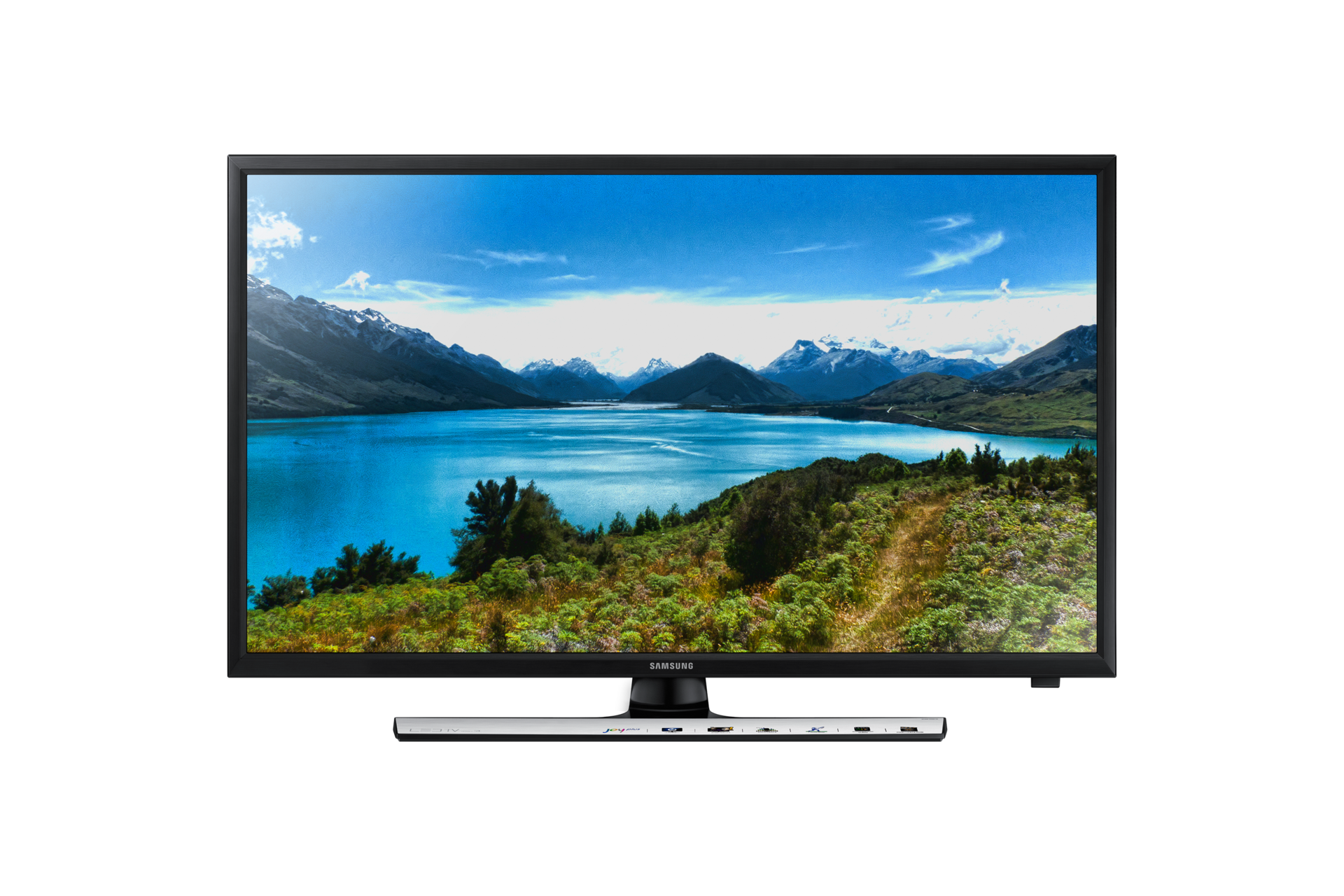Television (TV), sometimes reduced to tele or telly, is a telecommunication medium used for transmitting moving images in monochrome (black and white), or in color, and in two or three dimensions and sound. The term can refer to a television set, a television show, or the medium of television transmission. Television is a bump medium for advertising, entertainment, news, and sports.
Television became understandable in slipshod experimental forms in the tardy 1920s, but it would still be several years before the additional technology would be marketed to consumers. After World raid II, an augmented form of black-and-white TV broadcasting became well-liked in the allied Kingdom and associated States, and television sets became commonplace in homes, businesses, and institutions. During the 1950s, television was the primary medium for influencing public opinion. In the mid-1960s, color broadcasting was introduced in the US and most other developed countries. The availability of merged types of archival storage media such as Betamax and VHS tapes, high-capacity difficult disk drives, DVDs, flash drives, high-definition Blu-ray Discs, and cloud digital video recorders has enabled listeners to watch pre-recorded materialsuch as moviesat home on their own get older schedule. For many reasons, especially the ease of understanding of unapproachable retrieval, the storage of television and video programming now occurs on the cloud (such as the video upon request foster by Netflix). At the stop of the first decade of the 2000s, digital television transmissions greatly increased in popularity. substitute evolve was the move from standard-definition television (SDTV) (576i, with 576 interlaced lines of unconditional and 480i) to high-definition television (HDTV), which provides a unqualified that is substantially higher. HDTV may be transmitted in various formats: 1080p, 1080i and 720p. past 2010, behind the invention of intellectual television, Internet television has increased the availability of television programs and movies via the Internet through streaming video facilities such as Netflix, Amazon Video, iPlayer and Hulu.
In 2013, 79% of the world's households owned a television set. The replacement of yet to be bulky, high-voltage cathode ray tube (CRT) screen displays taking into account compact, energy-efficient, flat-panel alternative technologies such as LCDs (both fluorescent-backlit and LED), OLED displays, and plasma displays was a hardware mayhem that began bearing in mind computer monitors in the tardy 1990s. Most TV sets sold in the 2000s were flat-panel, mainly LEDs. Major manufacturers announced the discontinuation of CRT, DLP, plasma, and even fluorescent-backlit LCDs by the mid-2010s. In the close future, LEDs are usual to be gradually replaced by OLEDs. Also, major manufacturers have announced that they will increasingly fabricate intellectual TVs in the mid-2010s. smart TVs considering integrated Internet and Web 2.0 functions became the dominant form of television by the tardy 2010s.
Television signals were initially distributed unaided as terrestrial television using high-powered radio-frequency transmitters to publicize the signal to individual television receivers. Alternatively television signals are distributed by coaxial cable or optical fiber, satellite systems and, before the 2000s via the Internet. Until the prematurely 2000s, these were transmitted as analog signals, but a transition to digital television is received to be completed worldwide by the tardy 2010s. A satisfactory television set is composed of combination internal electronic circuits, including a tuner for receiving and decoding broadcast signals. A visual display device which lacks a tuner is correctly called a video monitor rather than a television.
Samsung Galaxy S6 Flat PSD Mockup - CreativeCrunk
Samsung Flat 65-Inch QLED 4K Q70 Series Ultra HD Smart TV (2019 Model)
Buy Samsung 24 Inch HD Flat TV J4100 Series 4 Online UA24J4100ARMXL Samsung India



No comments:
Post a Comment